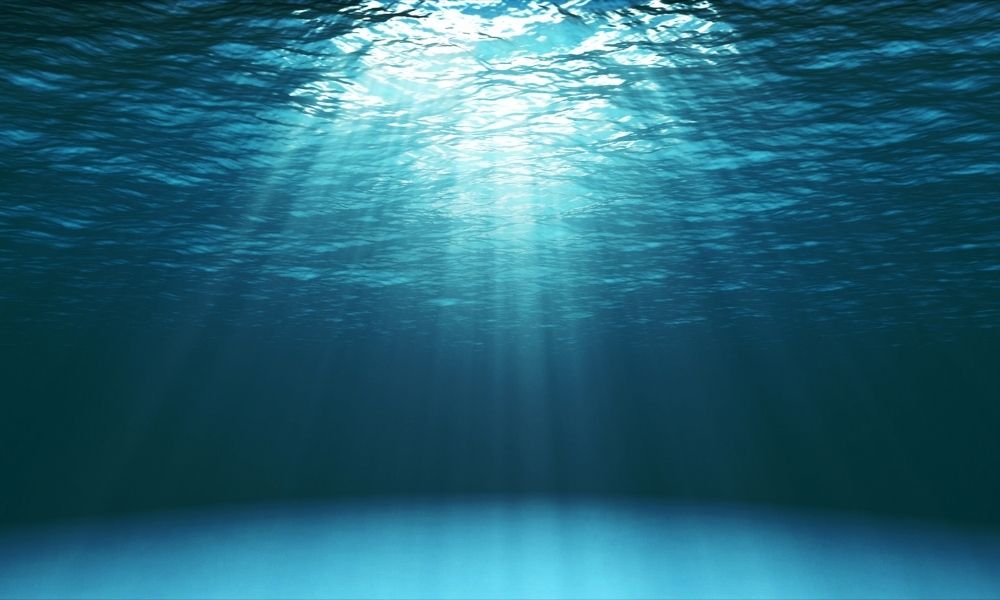The vastness of the ocean has fascinated human beings for years. As we go deeper and deeper into the water, we reach a stratum that even sunlight doesn’t reach. That’s where we find those very strange fish that live their entire lives in the dark. They’re deeply unpleasant to think about, so let’s step back.
Above the benthic deep, light still travels through water, but not the way it does on land. When you’re working with lights, it can be important to know about light transmission in the ocean and other bodies of water—how it reflects, refracts, and otherwise behaves as it passes through. Here we’ll examine some of the properties of light in water and how we measure that light.
Reflection and Refraction in Water
Water does two things to visible light: it reflects some rays and bends, or refracts, others. Water slows the transmission of light, which causes the rays to bend. We measure this by assigning water an index of refraction. The index of refraction of atmospheric air is close to 1 (only a vacuum is exactly 1). Water’s index of refraction is 1.333, indicating that it slows down the transmission of light considerably—but less so than plate glass at 1.5 or a diamond at 2.4.
How Water Clarity Affects Transmission
We’ve seen pictures of the crystal-clear blue waters of the Caribbean Sea—or even seen them firsthand. Conversely, we also know about the Mississippi River, which we call “the Big Muddy” for very good reasons. Water clarity, or turbidity, varies within the oceans and across bodies of water, and that affects how light passes through. The suspended particles that affect water’s turbidity absorb light, which allows more light to pass through clearer water. Because blue and green visible light penetrate water better than the shorter and longer wavelengths that flank them, clear water appears blue to us. Meanwhile, muddy waters appear green or even brown because of how little light they leave to scatter.
Measuring Light in Water
The degree to which water reflects rather than refracts incoming light is important to light testers. The reflectivity measurement devices from Gamma Scientific can help you determine these characteristics. Using water samples that simulate fresh water or seawater as well as samples of varying turbidity will help you prepare for light transmission in the ocean and other bodies of water without leaving the lab—though a field trip to the Caribbean or New Orleans would be nice.





